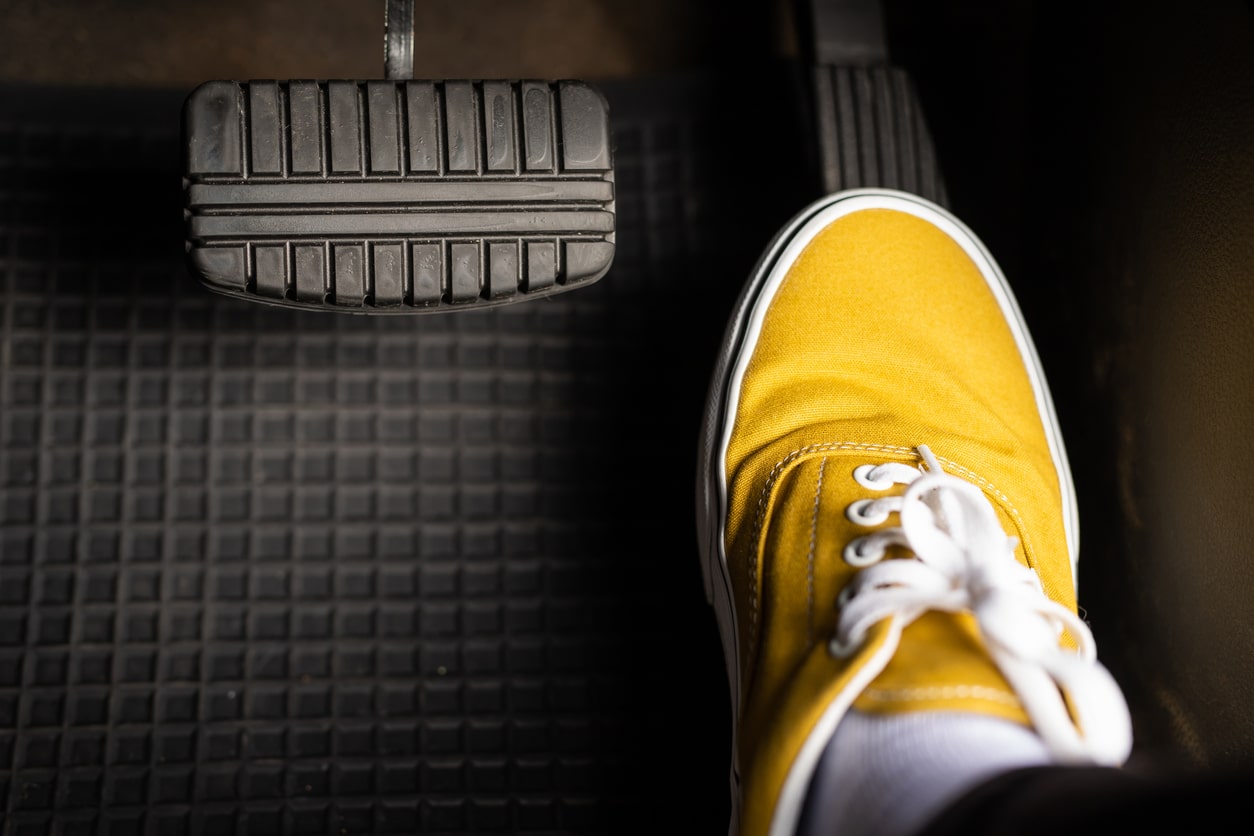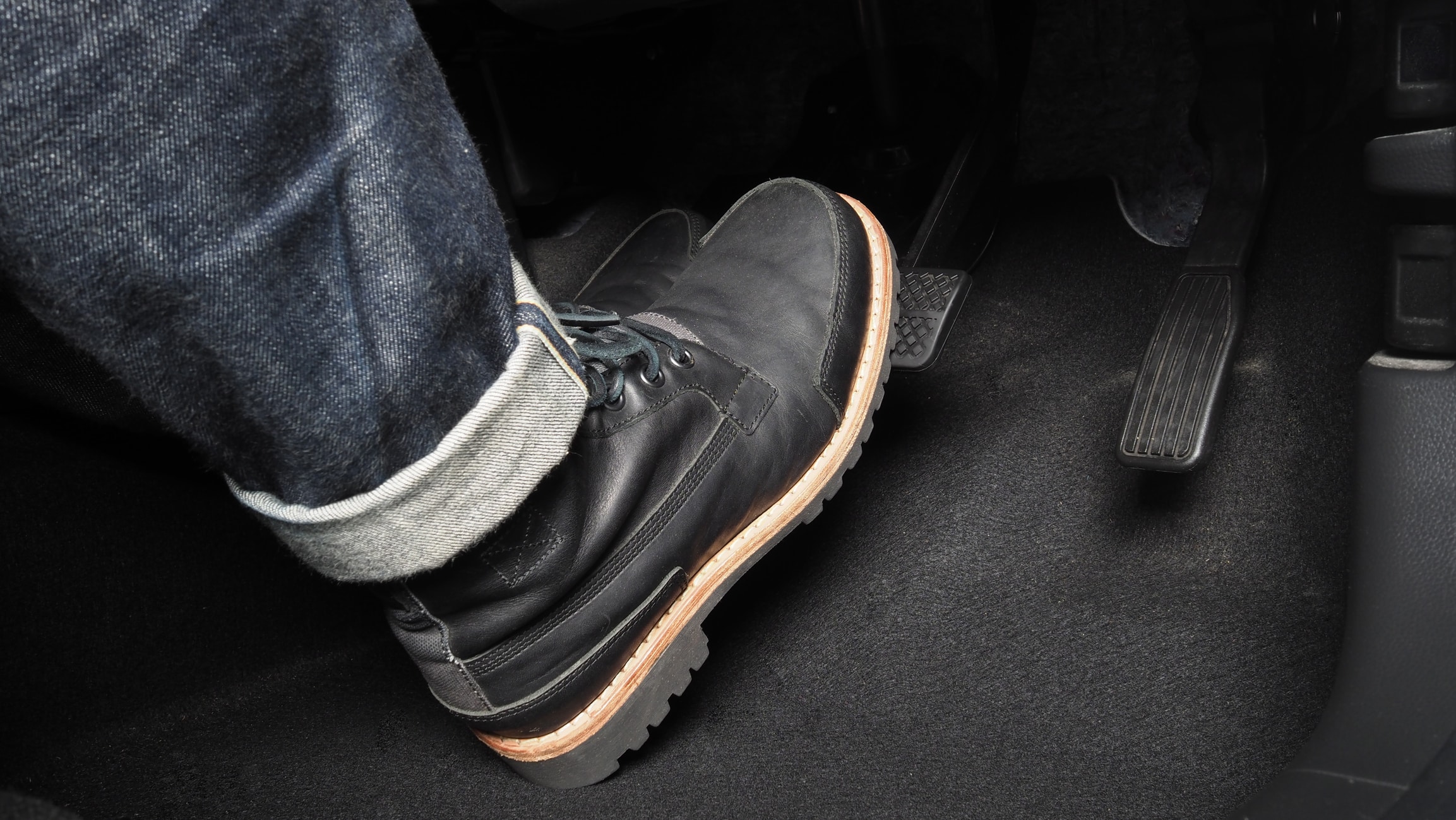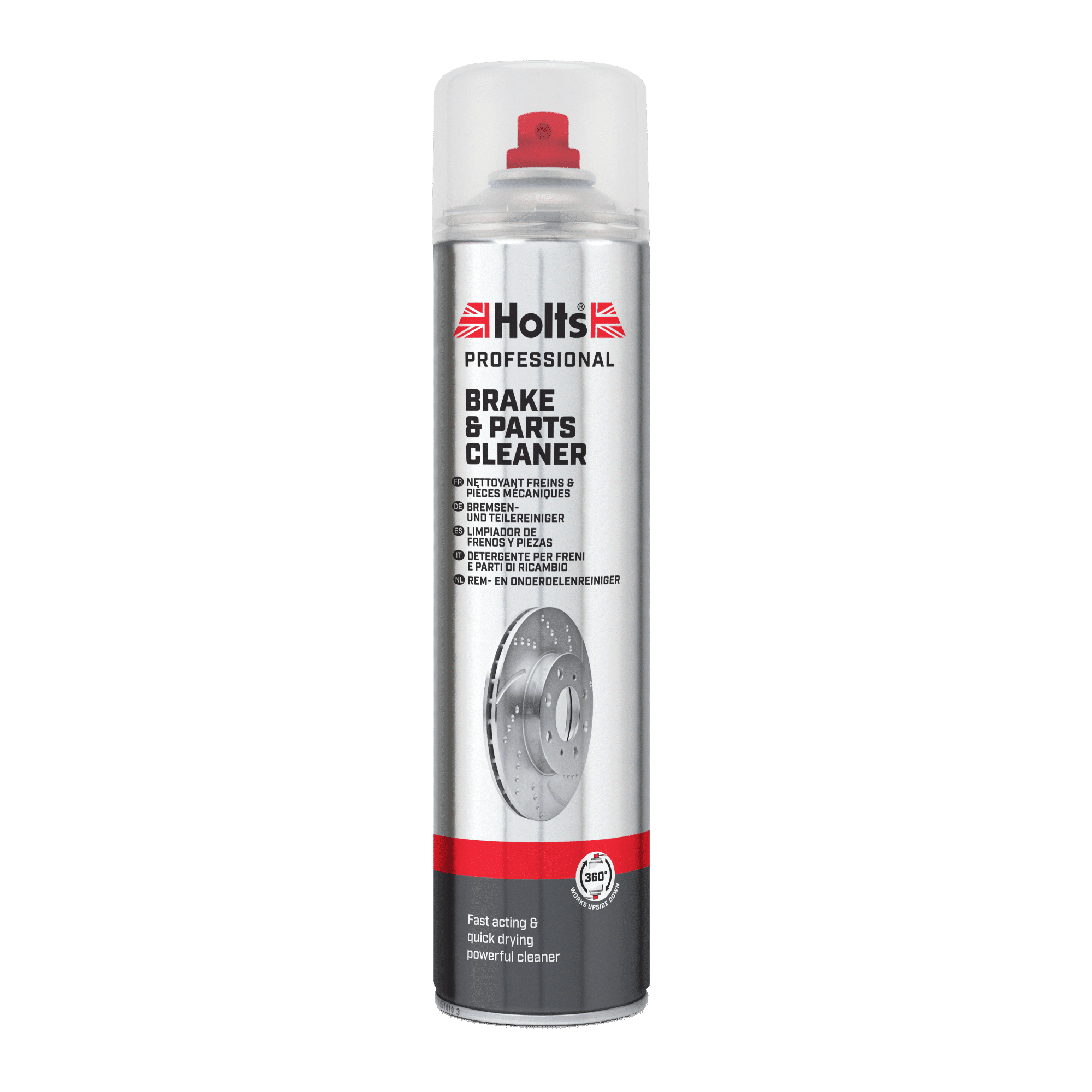As part of our series helping you to troubleshoot problems on your car, this month we’ll be looking at common brake issues and how to solve them. If your car is having brake issues, be it a mushy pedal, horrible grinding noise or pulling sensation, you need to get it sorted ASAP to make sure your car is completely safe and drivable.
Here, we provide a list of common faulty brake system symptoms, as well as some helpful advice on how to diagnose and fix specific brake issues on your car.
- Troubleshooting the Brake System Safely
- Brake Pedal Sinks Down Low When Stopping
- Brake Pedal Touches the Floor
- Brakes Feel Weak or Spongy
- Car Pulls to One Side Under Braking
- Brake Pedal Vibrates when Brakes Are Applied
Troubleshooting the Brake System Safely
To troubleshoot your vehicle’s brakes effectively, you’ll need to test them when the car is at rest and as you’re driving around (if it’s safe to do so). Start by turning on the ignition and applying pressure to the brake pedal while the car is still. How does the pedal feel? Does it sink to the floor, or is it difficult to move any further than around 1 inch? Does it feel spongy, clunky or is it ‘grabbing’?
Next, drive slowly around the block, stopping every so often and using the brakes more than usual. Does the car come to a stop smoothly, without having to press the brake pedal to the floor? Does the car pull to one side under braking, or let out a high pitch squeal?
If you experience any of these symptoms, read on for some basic tips and advice on how to solve the problem.

Brake Pedal Sinks Down Low When Stopping
As you come to a stop, ask yourself — how far do I have to push the brake pedal to come to a complete standstill? Most cars are fitted with power assisted brakes and the pedal should stop before it touches the floor.
If there is significant travel in the brake pedal, this most likely indicates worn out brake pads or a fluid leak and you should drive to a garage and have them checked out.
Brake Pedal Touches the Floor
If the brake pedal touches the floor at standstill, this usually means the brake fluid pressure is low,. To check the condition of the master cylinder, top up the brake fluid reservoir with the appropriate brake fluid (as recommend by the car’s manufacturer) to the fill line. Once you’ve done this, wait a couple of days and check the level again. If it has dropped, drive the car carefully to a professional mechanic and have the system serviced.

Brakes Feel Weak or Spongy
If you’ve noticed that your car’s brake pedal feels weak or spongy, the most common cause is air in the brake fluid. Try bleeding the brakes and topping up the brake fluid to the fill line in the reservoir. If the problem persists, take the car to a garage for a full brake system inspection.
You can check the brake pads yourself if you feel confident; jack up the car, remove the wheels and inspect each component on the braking system (if your car has drum brakes, you’ll need to remove the casing first).
Car Pulls to One Side Under Braking
The most common cause of the car pulling to one side under braking is a fault with the pad or calliper. It could be that the brake on one side is ‘grabbing’ or is not properly engaging. Both of these problems can be caused by sticking callipers, wear, corrosion or misalignment.
You can check to see if the callipers are stuck by jacking up one side at a time. Have someone slowly rotate the wheel while the engine is turned off. If the wheel is difficult to turn, the brakes may be ‘binding’ and the calliper will need to be freed and serviced.
If the brake will not engage (you may need to start the engine with the gearbox in neutral) as the wheel is rotated, either the calliper or brake pad may be stuck. In both cases its best to get a trained brake technician or mechanic to take a look.
Brake Pedal Vibrates when Brakes Are Applied
If the brake pedal vibrates or pulsates when the brakes are applied, this could indicate a problem with the brake discs. Following the instructions above, jack up each wheel in turn and inspect the brakes for visible signs of wear and tear. If there’s nothing visibly wrong with the brakes themselves, it’s probably time to take the car to a mechanic for further diagnosis as the disks may have warped.
Whatever the problem, our handy DIY car care products are designed to be simple and easy to use — helping you get the job done. To find out more, visit the Holts website.



